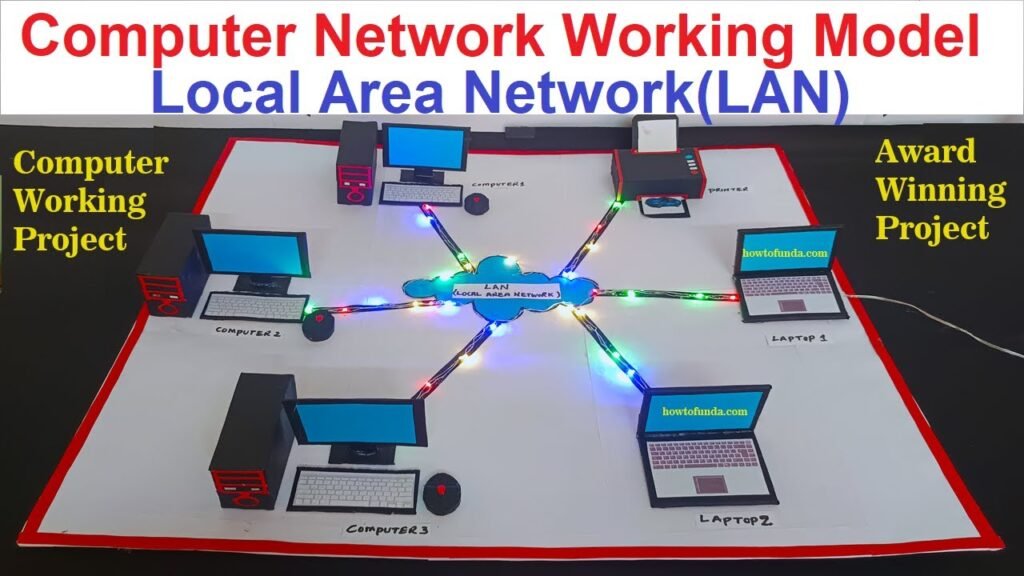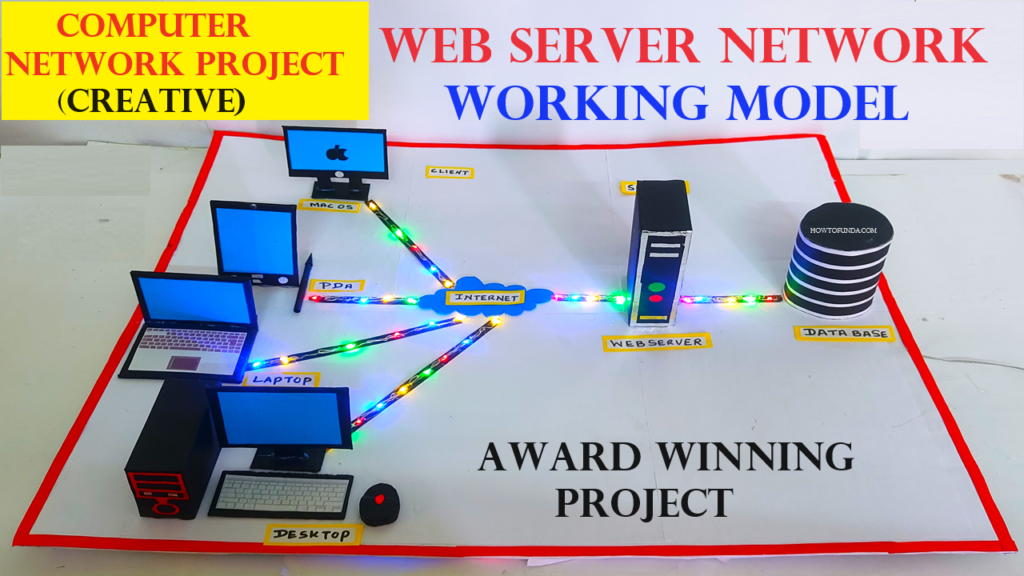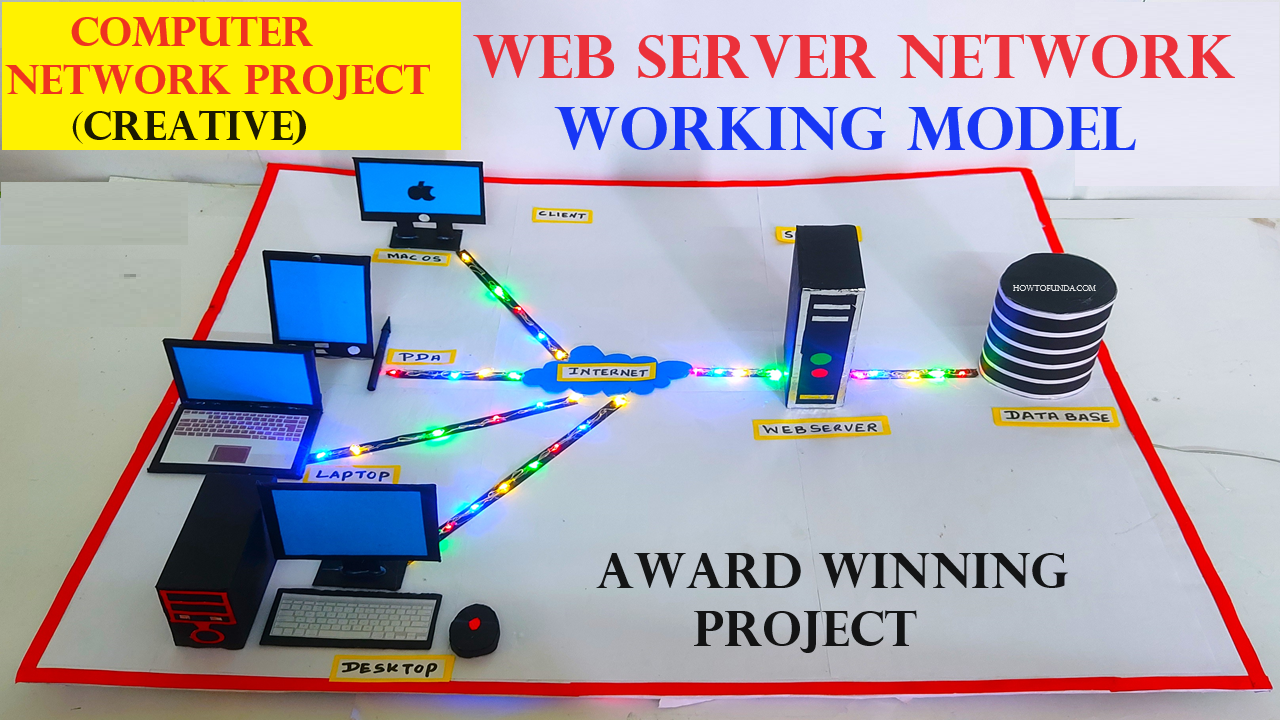The Uses of the Internet
Introduction
The Internet has revolutionized the way we live, learn, and interact. It’s a vast network of connected computers that allows people all over the world to share information, communicate, and access a wealth of knowledge.

For school students, the Internet is an invaluable tool that can enhance education, provide entertainment, facilitate social interactions, and much more.
This project will explore the various uses of the Internet, highlighting its importance and providing guidance on how to use it responsibly.
1. Educational Uses
The Internet is a treasure trove of educational resources. Here are some ways students can use it to enhance their learning:
1.1. Online Learning Platforms
Platforms like Khan Academy, Coursera, and edX offer courses on a wide range of subjects. These courses can supplement school education, providing additional explanations, exercises, and even certifications.
1.2. Research and Information Gathering
Students can use search engines like Google to find information on virtually any topic. Websites like Wikipedia, National Geographic, and various educational portals offer detailed and reliable information.
1.3. Digital Libraries and Journals
Access to digital libraries such as Project Gutenberg, JSTOR, and Google Books allows students to read books and academic papers that might not be available in their local libraries.
1.4. Educational Videos and Tutorials
YouTube and other video platforms host countless educational videos. Channels like CrashCourse, TED-Ed, and SciShow offer lessons in an engaging visual format.
1.5. Virtual Classrooms and Online Tutoring
With tools like Zoom, Microsoft Teams, and Google Classroom, students can attend virtual classes, participate in group discussions, and receive tutoring from experts around the world.
2. Communication and Social Interaction
The Internet enables students to communicate and interact with their peers and teachers in various ways:
2.1. Email and Instant Messaging
Email services like Gmail and Outlook allow students to communicate with teachers and classmates formally. Instant messaging apps like WhatsApp and Telegram enable quick and informal communication.
2.2. Social Media
Platforms like Facebook, Instagram, and Snapchat let students stay connected with friends, share their experiences, and join groups with shared interests.
2.3. Online Forums and Discussion Boards
Websites like Reddit, Stack Exchange, and Quora offer spaces for students to ask questions, share knowledge, and engage in discussions on various topics.
2.4. Video Conferencing
Apps like Skype, Zoom, and Google Meet facilitate face-to-face communication, which is especially useful for group projects and remote learning.
3. Entertainment

The Internet is a major source of entertainment, offering a wide range of activities to relax and enjoy:
3.1. Online Games
There are numerous online games, ranging from simple puzzle games to complex multiplayer online games like Fortnite and Minecraft. These games can be a fun way to relax and even learn strategic thinking.
3.2. Streaming Services
Platforms like Netflix, Hulu, and Disney+ provide access to movies, TV shows, and documentaries. YouTube also offers endless videos on various topics, from vlogs to educational content.
3.3. Music and Podcasts
Services like Spotify, Apple Music, and SoundCloud let students listen to their favorite music and discover new artists. Podcasts on platforms like Apple Podcasts and Google Podcasts cover a wide range of topics and can be both entertaining and educational.
3.4. E-books and Online Comics
Websites like Amazon Kindle and ComiXology offer a vast collection of e-books and comics for students to read in their leisure time.
4. Personal Development
The Internet can also be a powerful tool for personal development:

4.1. Learning New Skills
Websites like Udemy, Skillshare, and Lynda.com offer courses on various skills, from coding and graphic design to cooking and photography.
4.2. Health and Fitness
There are numerous fitness apps and websites that offer workout routines, dietary advice, and mental health resources. Platforms like MyFitnessPal and Headspace help students maintain a healthy lifestyle.
4.3. Creative Expression
The Internet provides platforms for students to showcase their creativity. Blogs, YouTube channels, and social media allow students to share their writing, artwork, music, and videos with a global audience.
4.4. Financial Literacy
Websites like Investopedia and Khan Academy offer resources to help students understand personal finance, investing, and money management.
5. Civic Engagement and Social Responsibility
The Internet also plays a crucial role in fostering civic engagement and social responsibility:

5.1. Awareness and Advocacy
Social media and websites allow students to stay informed about social issues and participate in advocacy. Platforms like Change.org and Avaaz enable students to support and create petitions for causes they care about.
5.2. Volunteering and Community Service
Websites like VolunteerMatch and Idealist help students find volunteer opportunities in their communities and beyond.
5.3. Environmental Awareness
Students can learn about environmental issues and sustainability through websites like National Geographic and the World Wildlife Fund. They can also join online communities that focus on environmental conservation.
6. Practical Uses
The Internet also serves many practical purposes in everyday life:
6.1. Shopping and E-commerce
Websites like Amazon, eBay, and local online stores offer a convenient way to shop for books, clothes, gadgets, and more.
6.2. Travel Planning
Students and their families can use websites like TripAdvisor, Expedia, and Google Maps to plan vacations, book flights and hotels, and explore new destinations.
6.3. Banking and Finance
Online banking services provided by banks like Chase and Wells Fargo allow students to manage their accounts, transfer money, and even start saving for the future.
6.4. News and Weather
Students can stay updated on current events and weather forecasts through news websites like BBC, CNN, and weather apps like AccuWeather.
7. Responsible Internet Use
While the Internet offers numerous benefits, it’s essential to use it responsibly:
7.1. Online Safety
Students should be aware of online threats such as cyberbullying, phishing, and scams. It’s important to use strong passwords, avoid sharing personal information, and be cautious about downloading files from unknown sources.
7.2. Digital Footprint
Everything shared online can leave a digital footprint. Students should think carefully before posting anything and understand that their online actions can have long-term consequences.
7.3. Time Management
The Internet can be a major distraction. Students should learn to manage their time effectively, balancing online activities with schoolwork and other responsibilities.
7.4. Critical Thinking
Not everything on the Internet is true. Students should develop critical thinking skills to evaluate the reliability of information and sources they encounter online.
Conclusion
The Internet is a powerful tool that, when used wisely, can significantly enhance the educational experience, provide entertainment, foster social interactions, and support personal growth.
By understanding its benefits and risks, students can harness the Internet to enrich their lives and become informed, responsible digital citizens.

